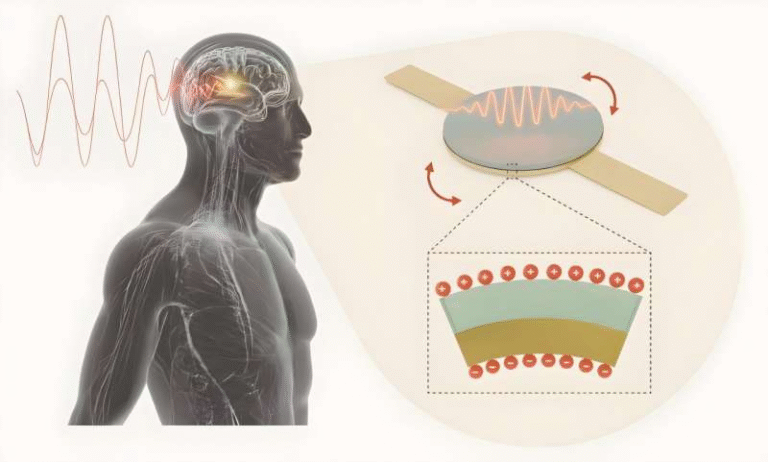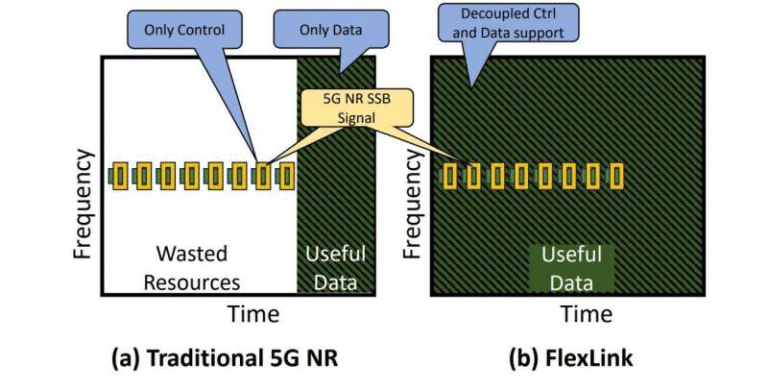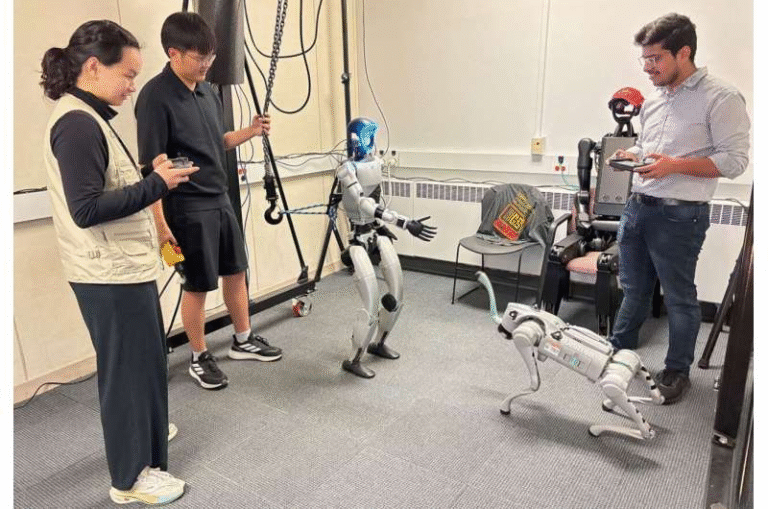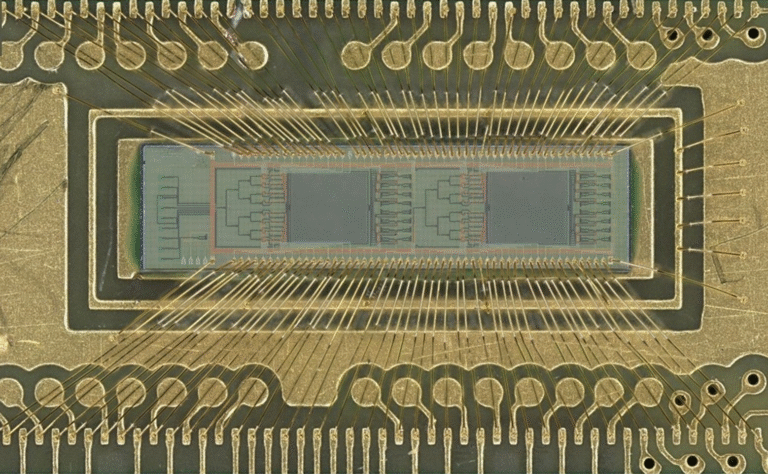UV Light Shows Surprising Potential for Energy-Efficient Desalination Breakthrough

Researchers at the University of California, Riverside have uncovered a promising new way to separate salt from water using deep ultraviolet (UV) light, potentially changing how we think about solar-powered desalination and water treatment. Their experiments reveal that specific high-energy wavelengths of sunlight—wavelengths that normally go unnoticed—may be capable of breaking apart the stubborn bonds between salt and water molecules. This discovery could open the door to desalination systems that rely less on heat and heavy electricity use, and more on carefully tuned interactions between light and materials.
The work comes from a team led by Luat Vuong, an associate professor of mechanical engineering at UCR’s Marlan and Rosemary Bourns College of Engineering. According to the researchers, no one has fully explored or articulated the idea of using deep UV light around 200 nanometers for salt-water separation. While UV in the 300–400 nanometer range is common in disinfection technologies, this deeper portion of the spectrum has been mostly overlooked in desalination research. Their findings show that these high-energy photons appear to interact with saltwater in a way that speeds up evaporation without requiring bulk heating.
To test this phenomenon, the researchers fabricated a white, porous ceramic wick made from aluminum nitride—a durable, hydrophilic material that naturally absorbs and emits UV light due to its crystalline structure. They placed pairs of these wicks inside an enclosed chamber, ensuring that each pair equilibrated under the same environmental conditions. Then, they exposed some to UV light while keeping others in darkness or under red, yellow, or infrared light. The results were striking: saltwater on the UV-illuminated wicks evaporated significantly faster than the samples exposed to lower-energy light or no light at all.
The team believes aluminum nitride might be enabling a process known as photon upconversion, in which multiple low-energy photons combine to form a single, much higher-energy photon. If this upconverted photon has enough energy, it can interact with the bonds holding salt and water together. Importantly, the researchers emphasize that this may occur without heating the entire body of water, which is what traditional photothermal desalination systems rely on. If verified, this means that a new class of desalination could be designed—one that focuses on light-driven molecular interactions rather than boiling water or pushing it through membranes.
This approach could bring meaningful improvements over today’s desalination technologies. Most solar desalination methods depend on dark materials that absorb heat and raise the water temperature. Reverse osmosis systems, another widely used method, require high-pressure pumps and enormous amounts of electricity, and they generate concentrated brine waste that harms marine ecosystems when discharged. A system powered by specific wavelengths of sunlight—without heavy heating, high pressure, or excess electricity—could reduce costs, energy use, and environmental damage.
Although aluminum nitride plays a central role in this study, the researchers note that other materials may be engineered to perform similarly or even better. Still, aluminum nitride has several important advantages: it’s inexpensive, widely available, non-toxic, highly hydrophilic, and mechanically strong. These properties make it especially useful in wicking systems designed to pull saltwater upward through capillary action before evaporation occurs.
Beyond desalination, this wicking and evaporation method could support a range of other applications. One possibility is in waste management, where certain industrial processes require the removal or concentration of ions. Another potential application is mineral harvesting in extreme environments. The researchers also suggest that salt-water-powered evaporative cooling systems might replace traditional swamp coolers, offering cooling capabilities in areas where freshwater is limited.
Despite the excitement around the discovery, the team stresses that much more research is needed before real-world systems can be developed. They must determine whether the process truly involves photon upconversion and whether excess heat is generated during the interaction. They also need to identify the best system architectures, improve fabrication techniques, and refine the spectroscopic tools that measure how light interacts with the material and the saltwater interface. Scaling laboratory results into functional desalination units that operate reliably outdoors is a challenge that will require future engineering and long-term testing.
While the breakthrough is at an early stage, the concept fits into a larger push for green, energy-efficient solutions to global water shortages. Desalination remains energy intensive and expensive in many regions. New technologies that rely on light rather than heat or pressure have the potential to reduce these barriers. If light-driven desalination becomes viable, it may enable decentralized water treatment systems powered by sunlight, providing clean water to remote areas and communities that lack access to large-scale infrastructure.
Understanding Deep UV Light
Deep UV light refers to wavelengths in the range of about 200 to 280 nanometers, though the UCR study focuses specifically around 200 nanometers, where energy levels are high enough to disrupt molecular bonds. These wavelengths don’t normally reach Earth’s surface in large amounts because they are absorbed by the atmosphere, particularly ozone. This means that practical use of deep UV for desalination might require materials that produce these wavelengths through upconversion or through artificial UV sources powered by renewable energy.
Photon upconversion is particularly appealing in this context. If low-energy visible photons that naturally reach Earth’s surface can be combined within a material like aluminum nitride to create a higher-energy deep UV photon, then the system can rely directly on sunlight without needing specialized UV lamps. However, proving that upconversion is occurring—and making it efficient enough for real-world use—is one of the challenges researchers still face.
Aluminum Nitride and Its Role
Aluminum nitride (AlN) is a ceramic material known for its thermal conductivity, mechanical strength, and compatibility with electronics. Its optical properties also make it a good candidate for UV-related applications. It absorbs certain light wavelengths and may facilitate the kind of light-driven bond disruption proposed in the study. Because it’s hydrophilic, it naturally draws water into its pores, allowing for consistent capillary flow. Its durability makes it suitable for long-term exposure to UV light and salty conditions, both of which can degrade other materials.
Broader Implications for Desalination Technology
If light-driven desalination continues to show promise, it could complement or replace existing techniques in a variety of settings. For coastal communities struggling with drought, a non-photothermal, low-energy system could provide fresh water more affordably. It could also reduce dependence on fossil-fuel-powered desalination plants and make off-grid systems more practical. The potential environmental benefits are significant as well, especially if the system produces less brine or handles brine in a more controlled way.
The study offers a fresh direction for scientists exploring how materials science, optics, and water treatment technologies intersect. By tuning materials to interact with specific parts of the light spectrum, researchers may uncover new ways to drive chemical or physical processes without relying on traditional heating or pressure methods.
Research Reference
Link to the research paper:
https://doi.org/10.1021/acsami.5c12331





